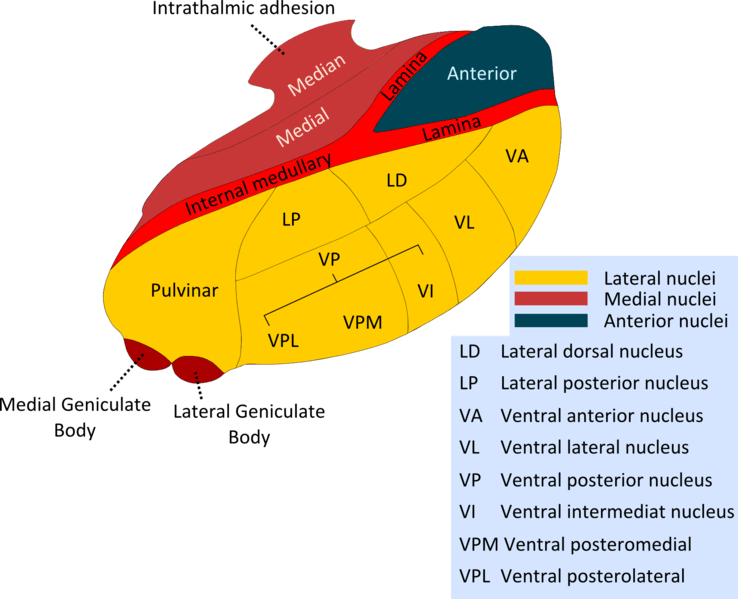
- Blogs
- Step1 Question of the Week #6

Step1 Question of the Week #6
A 58-year-old man comes to his physician’s office for a follow up visit. He had an ischemic stroke about two weeks ago and is currently receiving medications for it. He tells his physician that he has recently been experiencing a transient aching pain all over his body, more predominantly on the left side of his body. He goes on to say that he experiences a heightened sense of pain even with the slightest touch. He has observed a change in his response to temperature. He feels warmer than usual even though most of the people in his house are in their sweaters. On examination, he has evidence of left sided gait ataxia along with hemianesthesia of the left side. Motor strength is intact is all four limbs. Examination elicits heightened response to pin prick in the left extremities along with a decrease in vibration sense. There is no loss of sensation detected on the face. Based on the patient’s symptoms, which of the following would indicate the precise location of the patient’s stroke?
(A) Right ventral posterolateral thalamic nuclei
(B) Anterior nuclear group
(C) Left ventral posterolateral thalamic nuclei
(D) Left posteromedial thalamic nuclei
(E) Right ventral anterior thalamic nuclei